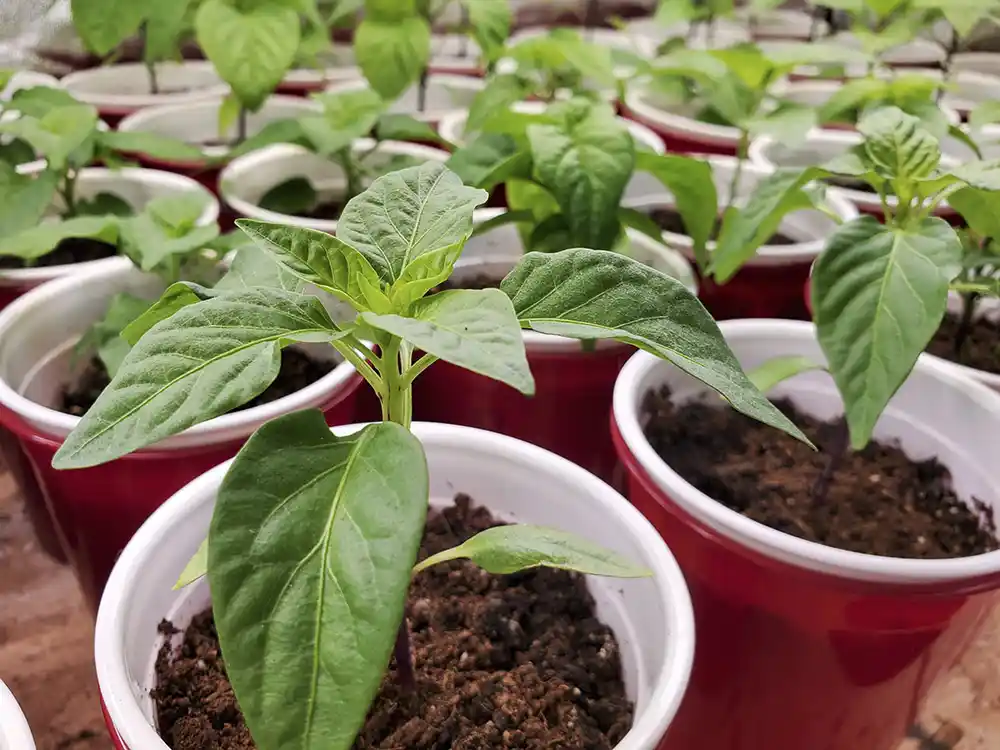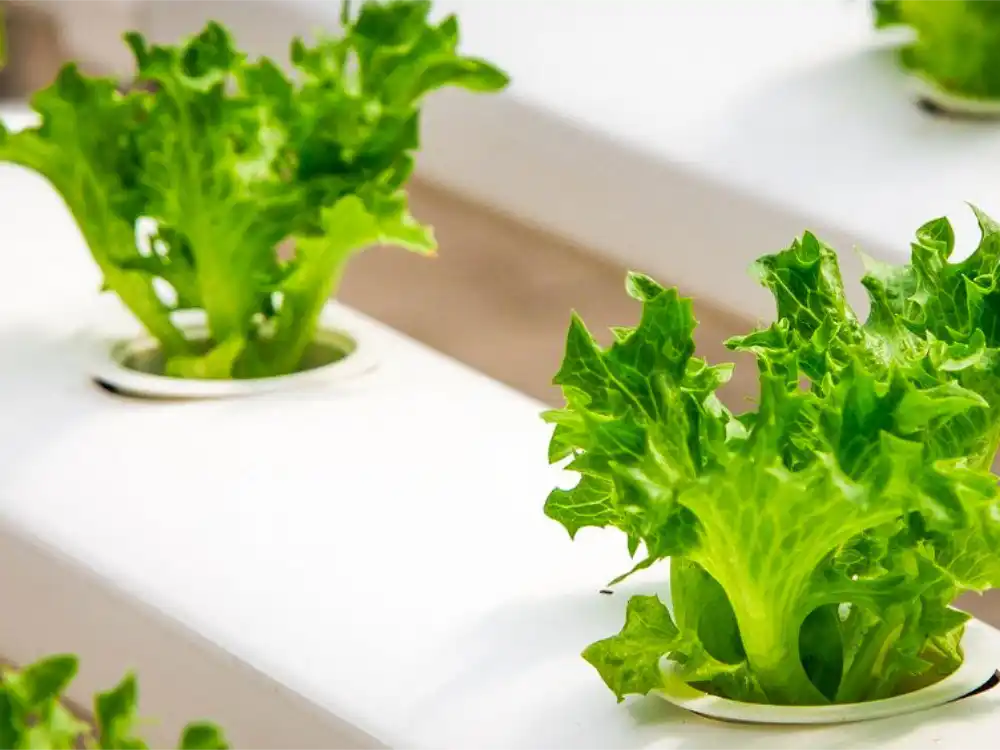Before you transplant your pepper seedlings into the garden, it’s important to harden them off. Hardening off is the process of gradually acclimating your plants to outdoor conditions, ensuring they can thrive in their new environment. In this article, we will guide you through the steps to properly harden off your pepper seedlings.
Why is Hardening Off Important?
Pepper plants, like many other seedlings, are typically started indoors under controlled conditions. They are protected from harsh weather, temperature fluctuations, and intense sunlight. If you were to directly transplant these tender seedlings into the garden, they may suffer from transplant shock, stunted growth, or even die.
Hardening off allows your pepper plants to adjust gradually to the outdoor environment. It helps them develop stronger stems, thicker leaves, and a better tolerance to temperature changes, wind, and direct sunlight.
When to Start Hardening Off
The ideal time to start hardening off your pepper seedlings is about 7-10 days before the last expected frost date in your area. This timing allows your plants to be ready for transplanting when the weather is consistently warm and frost-free.
It’s important to check the weather forecast before you begin the hardening off process. Avoid exposing your plants to extreme temperatures, heavy rain, or strong winds during this period.
How to Harden Off Pepper Plants
Follow these steps to properly harden off your pepper seedlings:
Step 1: Gradual Exposure to Outdoor Conditions
Start by placing your pepper seedlings in a sheltered outdoor location, such as a covered porch or a shaded area. Leave them there for 2-3 hours on the first day, gradually increasing the time each day.
Over the course of a week, gradually expose your plants to longer periods of direct sunlight and outdoor conditions. This will help them adjust to the intensity of sunlight and temperature fluctuations.
Step 2: Protect from Extreme Conditions
During the hardening off process, be mindful of extreme weather conditions. If the temperature drops below 50°F, bring your plants indoors or cover them with a frost cloth.
If there is a heavy rainstorm or strong winds, move your plants to a more sheltered location or provide temporary protection with a garden umbrella or row cover.
Step 3: Increase Exposure to Full Sunlight
After a week of gradually increasing exposure to outdoor conditions, your pepper plants should be ready for full sunlight. Place them in a sunny spot for a few hours each day, gradually increasing the time.
Remember, pepper plants thrive in at least 6-8 hours of direct sunlight daily. Ensure they receive adequate sunlight during the hardening off process.
Step 4: Transplanting into the Garden
Once your pepper seedlings have been hardened off and are accustomed to outdoor conditions, they are ready to be transplanted into the garden. Choose a well-draining location with fertile soil and enough space for the plants to grow.
Prepare the soil by adding compost or organic matter to improve its fertility. Dig a hole slightly larger than the root ball of each plant and gently place them in the hole. Backfill with soil, firming it gently around the base of the plant.
Water the newly transplanted pepper plants thoroughly and continue to provide them with regular watering to help them establish in their new environment.
Conclusion
Properly hardening off your pepper seedlings is crucial for their successful transition from indoor seedlings to outdoor garden plants. By gradually exposing them to outdoor conditions, you allow them to develop the strength and resilience needed to thrive in the garden. Remember to start the hardening off process about a week before the last expected frost date, protect your plants from extreme weather, and gradually increase their exposure to sunlight.


